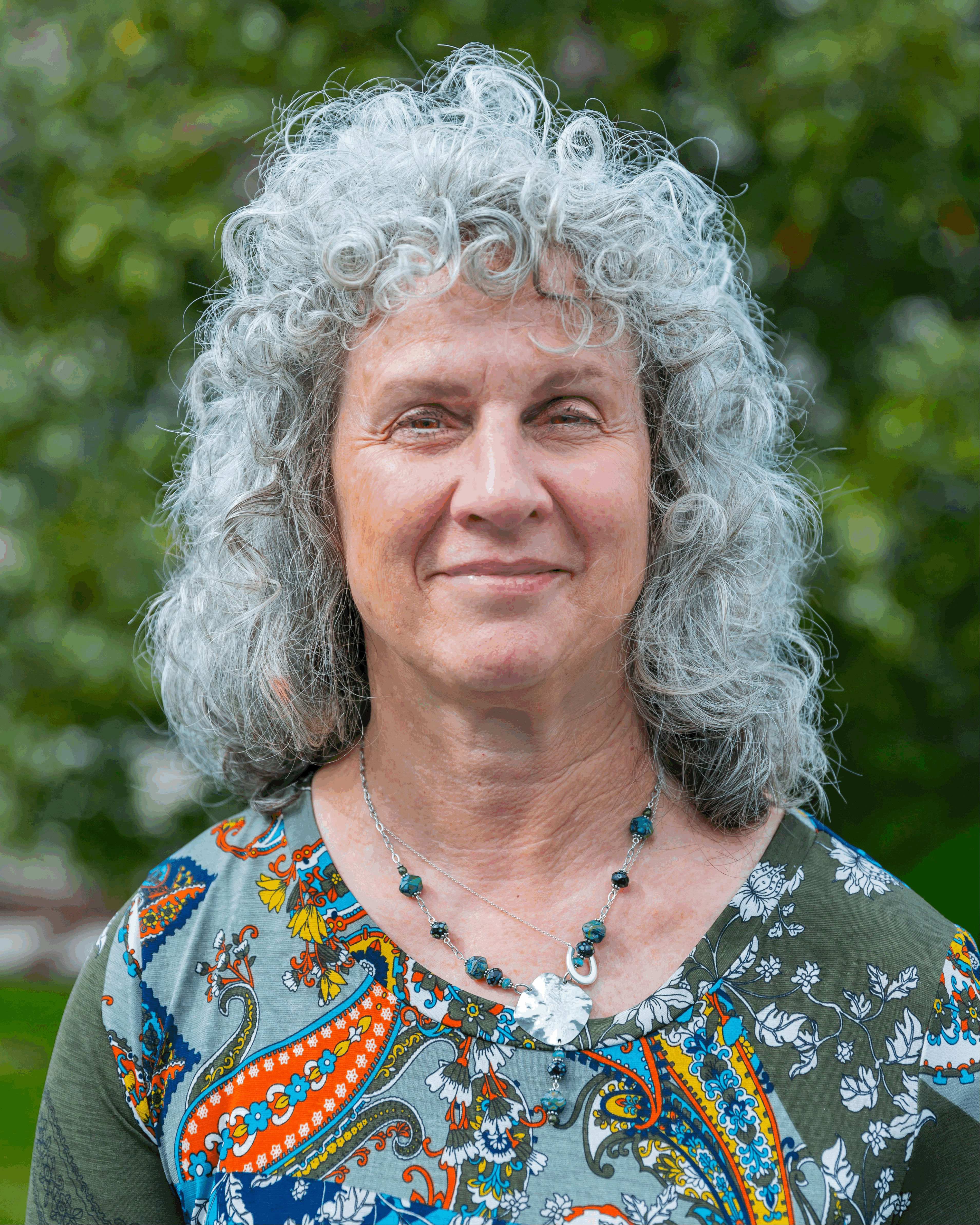Member-only story
The Perfect Storm
How our son landed in a therapeutic wilderness program
My son Travis was 22 months old when I suffered a massive stroke. He was not yet able to speak. During my three month disappearance from his life he was not able to talk about it by asking questions such as “Where is mommy?”, or “Why does she have tubes coming out of her head?”
I was pregnant when I had the stroke so Travis’ trauma was compounded by the addition of a new baby. It is said that bringing a new baby into a child’s home is like having your husband tell you he is going to bring another woman to live in the house, but will love you just the same. You will be expected to share your things with this woman, including your husband’s love, your clothing and toys. This is what is expected of young children when a new baby comes along.
I had been home with Travis full time for his entire life when I suddenly disappeared one morning. I stayed in hospitals for three months. He came to see me once in the acute care hospital where I stayed in bed, pregnant and paralyzed, for 53 days. He turned two while I was in the rehabilitation hospital for six weeks. The new baby stayed with my parents during that time so my husband could work and devote time to Travis.
When I finally returned home I was in a wheelchair. My personality had been blunted by the…
